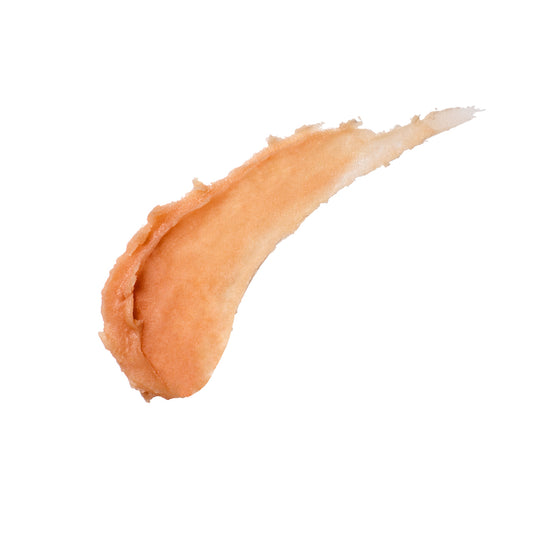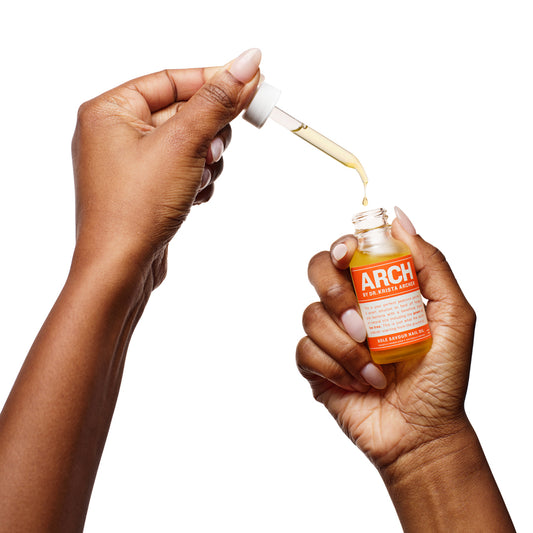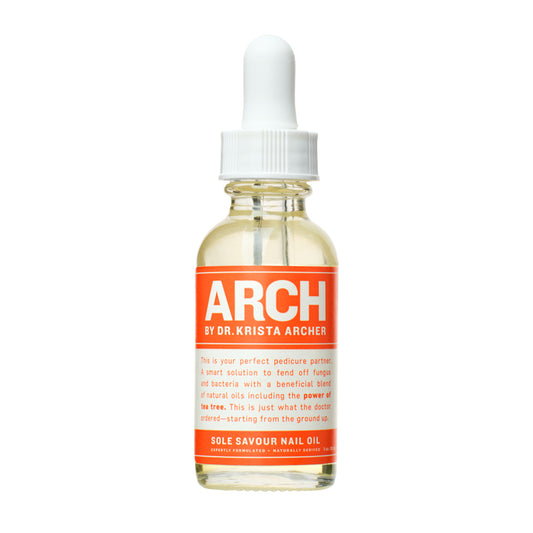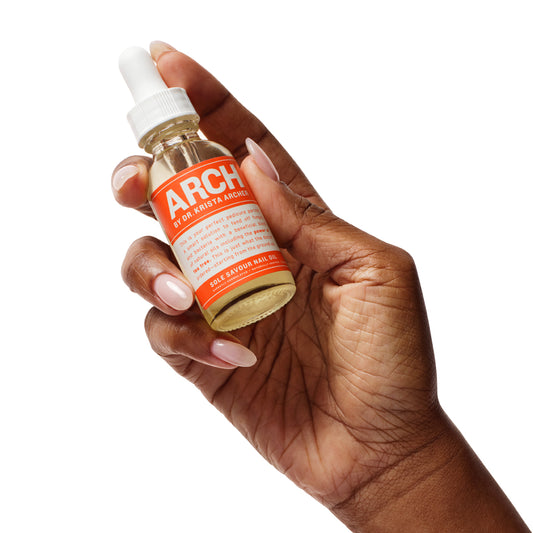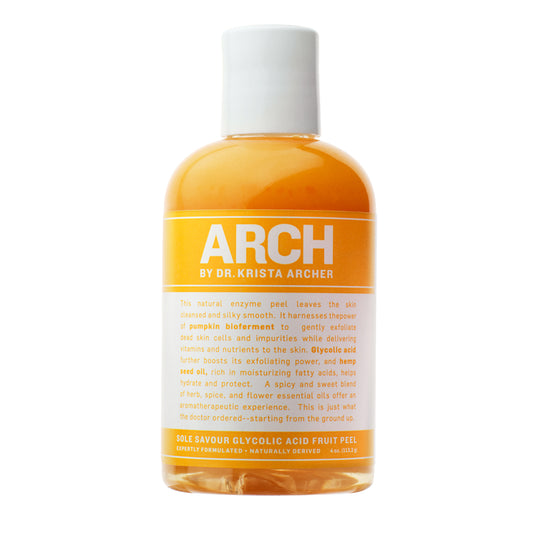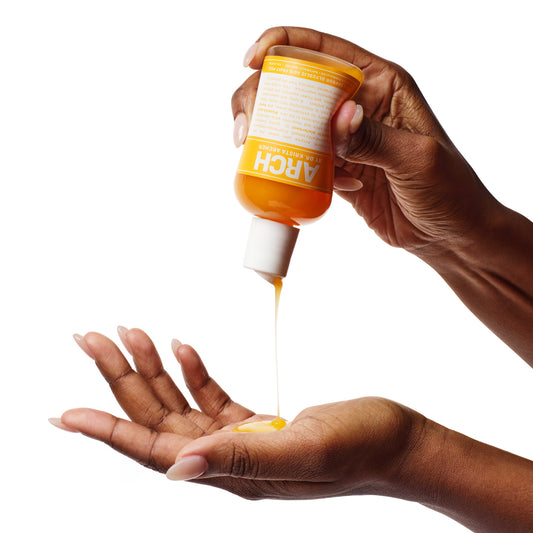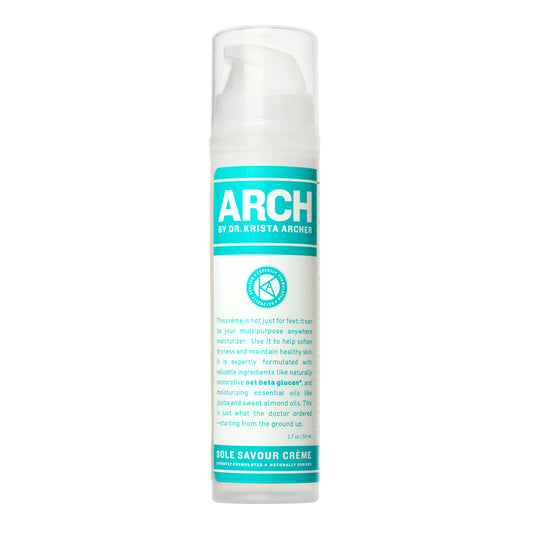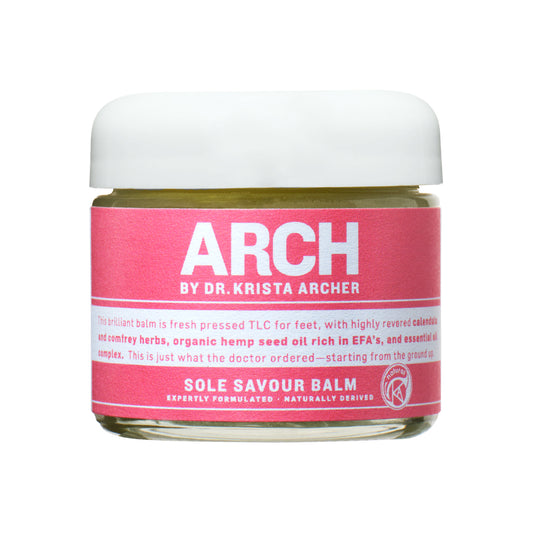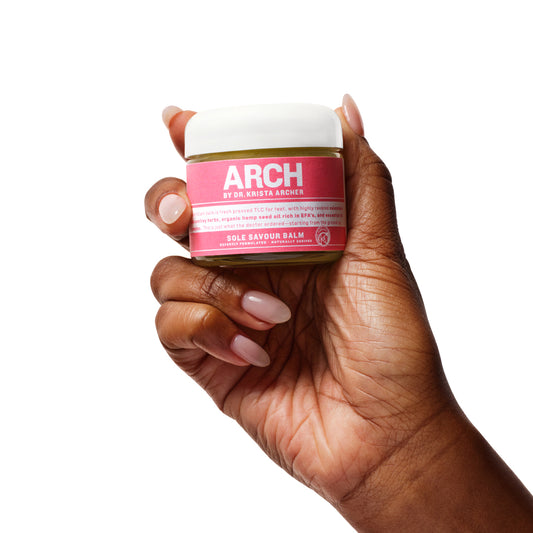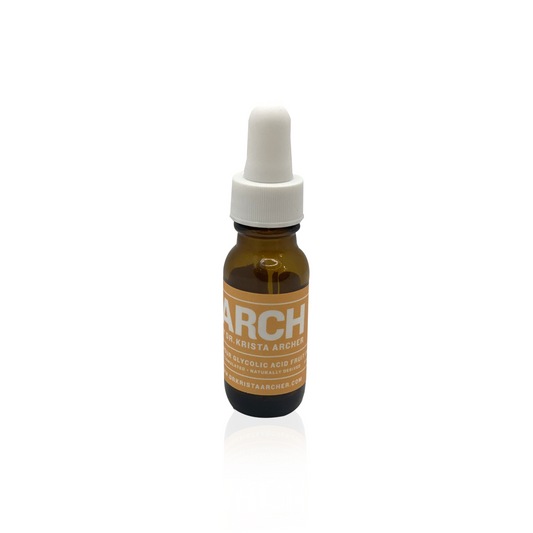ARTHRITIS TREATMENT
Understanding Arthritis of the Foot & Ankle
Arthritis is a common cause of chronic pain and stiffness in the feet and ankles, often interfering with your daily activities and quality of life. The condition occurs when the protective cartilage that cushions your joints gradually wears away, leading to bone-on-bone friction, swelling, and inflammation.
In the foot, arthritis can affect:
-
The big toe joint (hallux rigidus)
-
The midfoot joints
-
The ankle joint
As arthritis progresses, it can cause significant joint deformities, limited range of motion, and pain that worsens with standing or walking.
What Causes Foot & Ankle Arthritis?
Arthritis in the foot or ankle may result from:
-
Osteoarthritis (age-related wear and tear)
-
Rheumatoid arthritis (autoimmune-related joint destruction)
-
Post-traumatic arthritis (following injuries like fractures or sprains)
-
Foot structure abnormalities that increase joint stress over time
Dr. Krista Archer’s Approach to Arthritis Care
At her Upper East Side Manhattan office, Dr. Krista Archer focuses on relieving pain, restoring mobility, and preserving joint function, using the most advanced and minimally invasive treatments available.
Non-Surgical Arthritis Treatments
-
Custom orthotics to offload pressure from arthritic joints
-
Footwear modifications to improve comfort and stability
-
Cortisone or hyaluronic acid injections to reduce inflammation and pain
-
Physical therapy to maintain range of motion and strength
-
Anti-inflammatory medications and supplements
Surgical Arthritis Solutions
When conservative treatments no longer provide relief, Dr. Archer may recommend surgical correction, which could include:
-
Joint debridement (cleaning the joint)
-
Joint fusion (arthrodesis) to stabilize painful joints
-
Joint replacement (in specific cases)
All surgeries are performed in Dr. Archer’s private, accredited surgical suite for maximum comfort and convenience.
Why Choose Dr. Krista Archer for Arthritis Treatment?
As both a podiatric surgeon and cosmetic foot care expert, Dr. Archer offers arthritis care that blends precision with aesthetics, ensuring not only that you feel better—but that your foot or ankle retains a natural, functional appearance.
Her goal is always to minimize downtime, reduce pain, and keep you moving comfortably, using the least invasive option possible.
SCHEDULE YOUR APPOINTMENT
Don’t let arthritis slow you down. Schedule a consultation with Dr. Krista Archer on the Upper East Side of NYC and discover your personalized arthritis treatment plan today.
SHOP ARCH BY DR. KRISTA ARCHER
-
ARCH CBD Balm Stick - 1.05 oz/ 31g
Regular price $45.00 USDRegular priceUnit price / per -
ARCH Retro Tube Socks with Gel-Lined Heels
Regular price $7.00 USDRegular priceUnit price / per -
ARCH Sole Savour Nail Oil – 1 oz
Regular price $45.00 USDRegular priceUnit price / per -
ARCH Sole Savour Nail Oil + EMU Oil- 1 oz
Regular price $50.00 USDRegular priceUnit price / per -
ARCH CBD Sole Savour Relief Creme –Highest Potency 1.7 oz
Regular price $70.00 USDRegular priceUnit price / per -
ARCH Sole Savour Glycolic Acid Fruit Peel – 4 oz.
Regular price $20.00 USDRegular priceUnit price / per -
ARCH Sole Savour Creme – 1.7 oz
Regular price $35.00 USDRegular priceUnit price / per -
ARCH Sole Savour Balm- 2.0 oz/ 56g
Regular price $45.00 USDRegular priceUnit price / per -
Glycolic Acid Fruit Peel – Sample (0.5oz)
Regular price $3.00 USDRegular priceUnit price / per -
ARCH CBD Chill Chews for Humans – 105 g
Regular price $50.00 USDRegular priceUnit price / per -
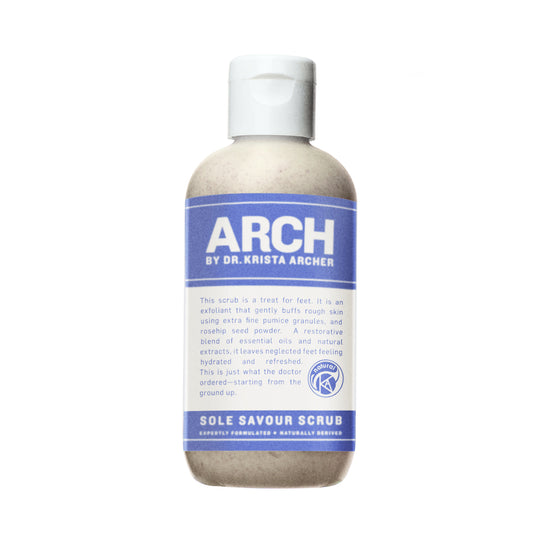
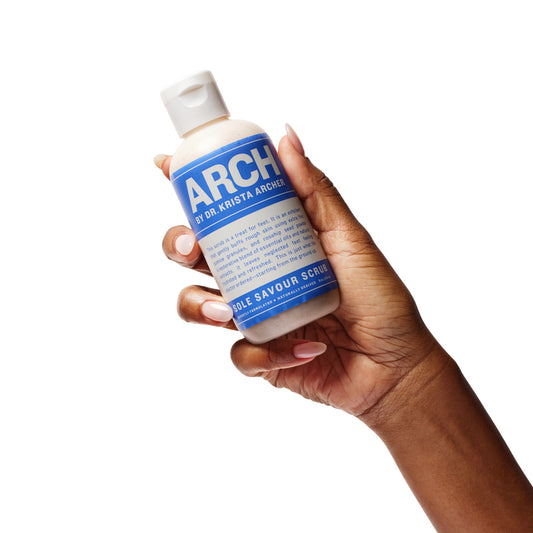 Sold out
Sold outARCH Sole Savour Scrub – 8 oz-
Regular price $30.00 USDRegular priceUnit price / per

